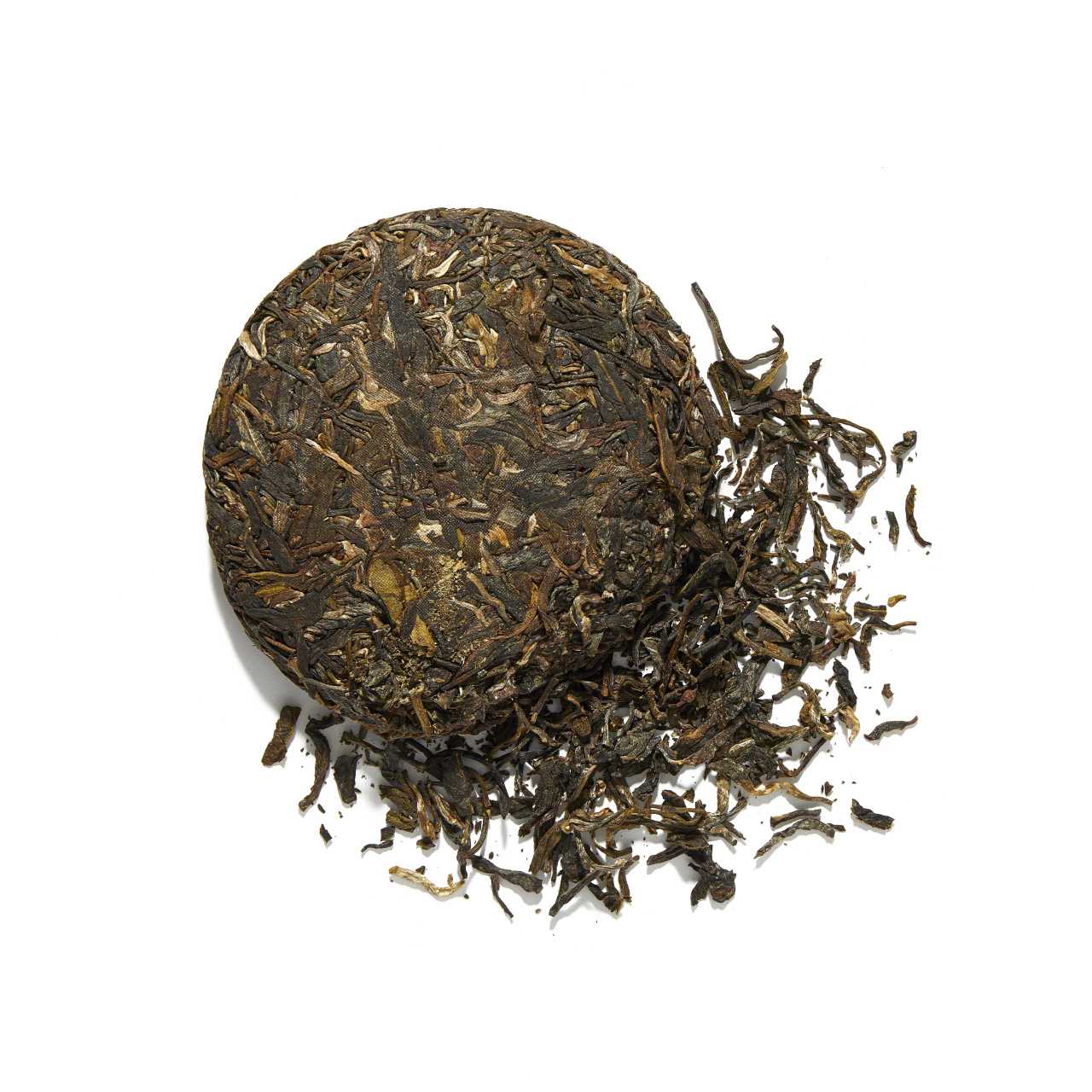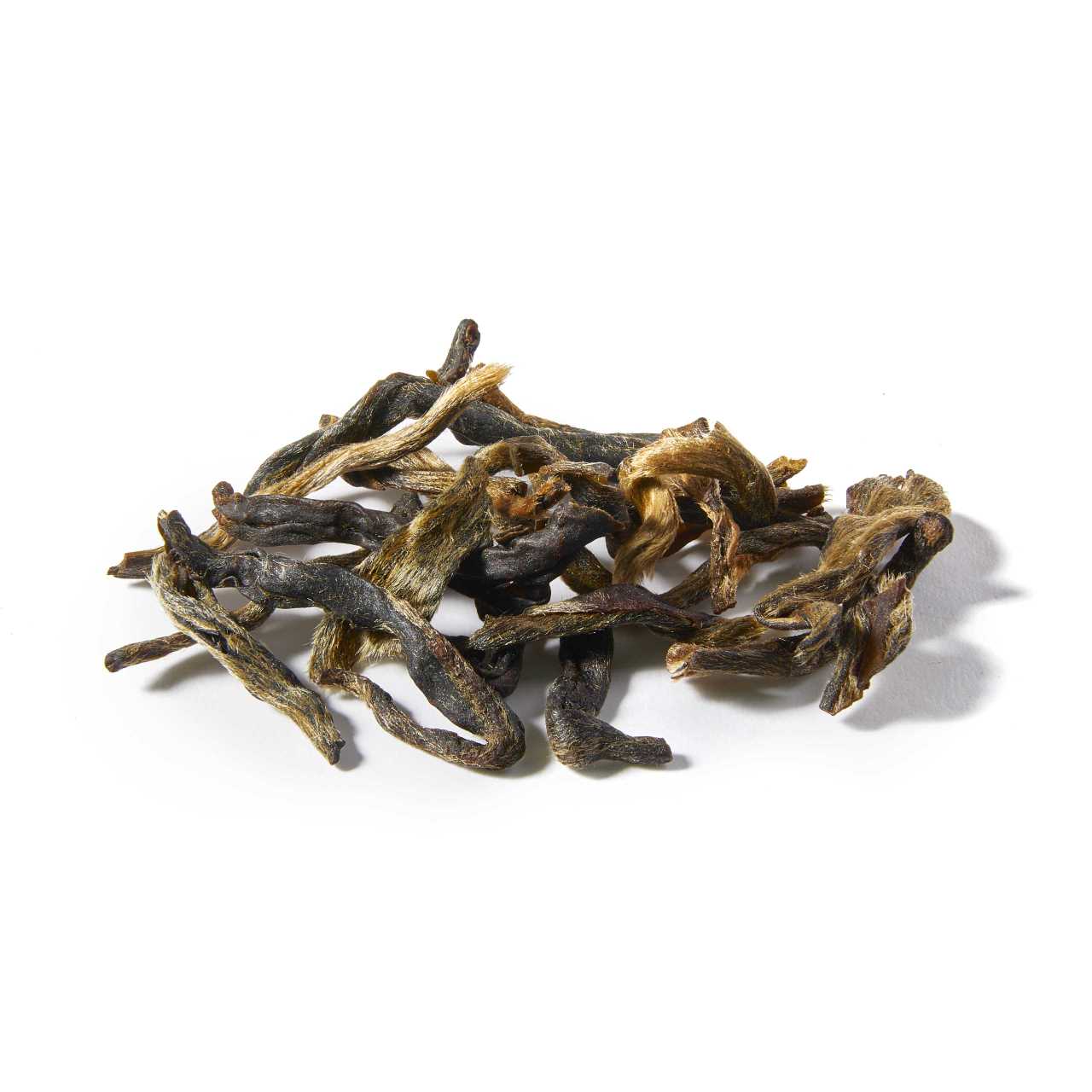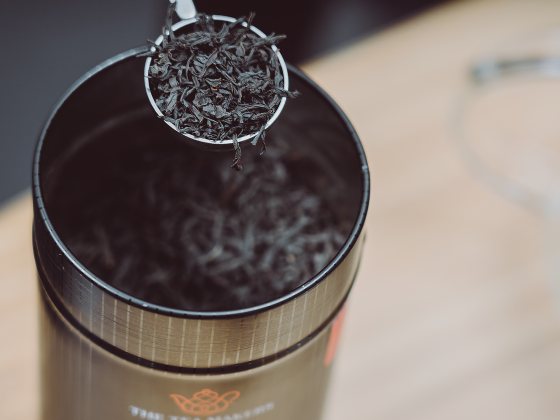Raw Pu-Erh Cake
With its smooth, earthy flavour, this Raw Pu-erh Cake from Yunnan is the perfect choice for both seasoned and novice drinkers of this speciality Chinese tea.
Choose options
With its smooth, earthy flavour, this Raw Pu-erh Cake from Yunnan is the perfect choice for both seasoned and novice drinkers of this speciality Chinese tea.
With its smooth, earthy flavour, this Raw Pu-erh Cake from Yunnan is the perfect choice for both seasoned and novice drinkers of this speciality Chinese tea.
The origins of our Raw Pu-erh Cake aged Chinese tea
For anyone new to the joys of Yunnan's most celebrated tea, our excellent Raw Pu-erh Tea Cake provides a deliciously smooth initiation to the style. A classic Pu-erh – earthy, musky and with notes of wet wood and grape skin – it also has plenty of deep, aged complexity for connoisseurs.
Made of brown and orange-tinged leaves pressed into an authentic Pu-erh cake, this luxury Chinese tea has a deep amber-coloured infusion that hints at its maturity. Belonging to the 'Raw' category of Pu-erh, or 'Sheng' teas, its leaves are stored and left to age naturally, sometimes for decades, with the process of oxidation and fermentation triggered by external bacteria and fungus as opposed to enzyme changes in the leaves.
Due to the slow microbial fermentation processes, Raw Pu-erhs like this one acquire rich characters and a smooth flavour that make them among the most prized in China. As a fermented product, Pu-erh's health benefits may include the introduction of beneficial bacteria into the microbiome, thus aiding digestion and making this a good tea to drink an hour or so after you've eaten.
What is Pu-erh tea cake?
While Pu-erh is sometimes produced as a loose-leaf tea, more often it comes in a 'cake' form that harks back to the days when the teas were compressed and carried on the backs of horses, mules and camels across the Chinese empire. Pu-erh first became popular in the Tang dynasty (618-907), with the teas sorted into bamboo baskets of various shapes for easy transport. Today, the shapes remain, used mostly for presentation and for ageing. While the disc-shaped Bing Cha ('Cake Tea') is the most common, others include: Jin Cha ('Tight Tea'), for leaves pressed into a mushroom form; Fang Cha ('Square Tea') for brick-shaped tea. You'll also find Pu-erh teas pressed into anything from bamboo tubes ('Zhu Tong Cha') to oranges ('Ju Pu Cha').
Alternatives to Raw Pu-erh Cake
Now you've tried this Sheng Pu-erh, you'll want to experience that other Pu-erh 'personality' – the Shu 'Ripened' style – and there's no better tea to try for comparison than our Ripened Cooked Pu-erh Cake, which offers an authentic, earthy-flavoured Yunnan tea that can be left to mature further in the caddy.
Crafted from rosewood and brass, our Pu-erh prying pick is an essential tool to break apart your Pu-erh Cake. Also, to get the most authentic brewing result for your Pu-erh tea, we recommend that you use a Gaiwan from our Teaware store. For more speciality Chinese brews, from Jasmine Dragon Pearls to Lapsang Souchong, browse our Tea Shop.
This tea offers an wet wood and musky aroma and light orange infusion. A robust cup with earthy. Sour fruity notes and astringent mouthfeel.
Aged Chinese Fermented Tea











